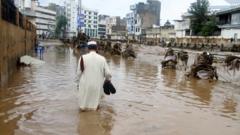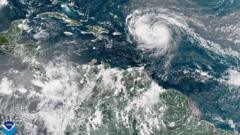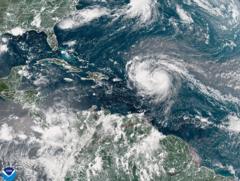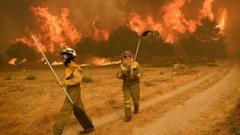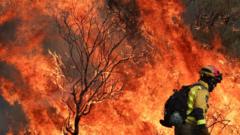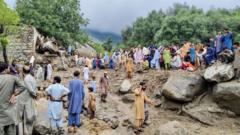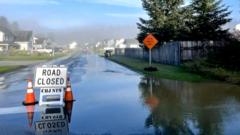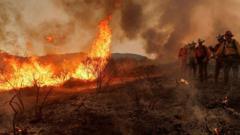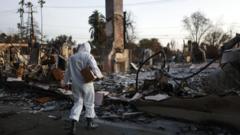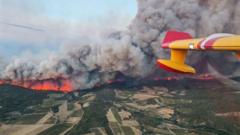Recent data highlight a trend of increased rainfall across the Eastern U.S. linked to climate change, with experts noting that warmer air can hold more moisture, resulting in heavier and more extreme storms.
Intensifying Deluge: The Connection Between Climate Change and Extreme Rainfall

Intensifying Deluge: The Connection Between Climate Change and Extreme Rainfall
Rising global temperatures are leading to unprecedented rainfall events across the Eastern United States, with implications for storm intensity and frequency.
The central and southeastern United States continues to grapple with the effects of severe storms, as recent data reveal a significant increase in rainfall over the past few decades. The National Oceanic and Atmospheric Administration reports a marked rise in precipitation in the Eastern region from 1991 to 2020, contrasting with decreasing rainfall in the West. This trend supports climate models predicting that wet areas will experience intensified precipitation while drier regions will face prolonged droughts.
Despite the challenges of attributing a single storm to climate change, the evidence suggests that warmer air—resulting from human activities such as fossil fuel combustion—can absorb more moisture, leading to heavier rainfalls. Overall, the last decade has been the hottest in nearly two centuries, according to the World Meteorological Organization, further fueling concerns over extreme weather.
Deanna Hence, a climate meteorologist from the University of Illinois Urbana-Champaign, states that the trends indicate a worrying pattern of intensifying heavy rain events. As temperatures continue to rise, we should expect to see more frequent and severe storms across the eastern U.S., raising questions about preparedness and response strategies as communities face the immediate reality of long-term climate impacts.


